1. Fish

2. Local, sustainable meat

3. Oysters
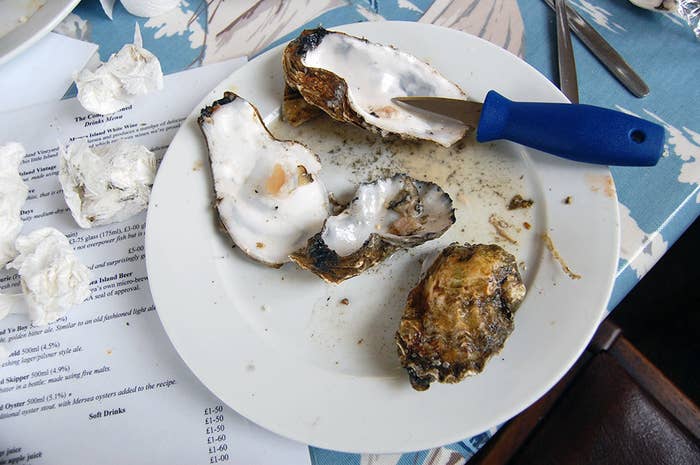
4. Grey squirrels
5. Pigeons
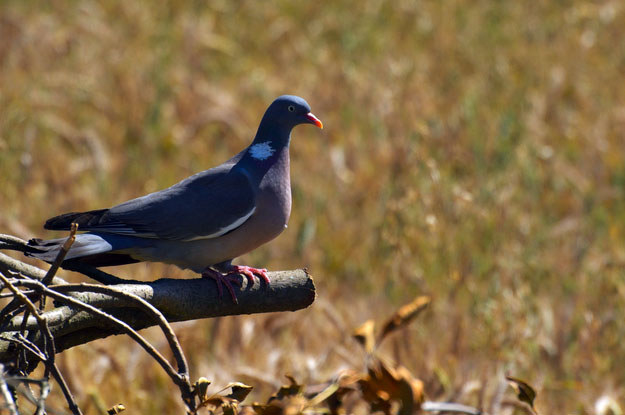
6. Rabbits
7. Venison
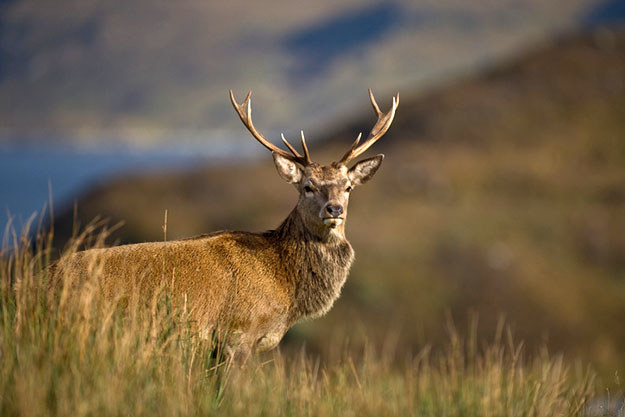
8. Roadkill
9. Insects
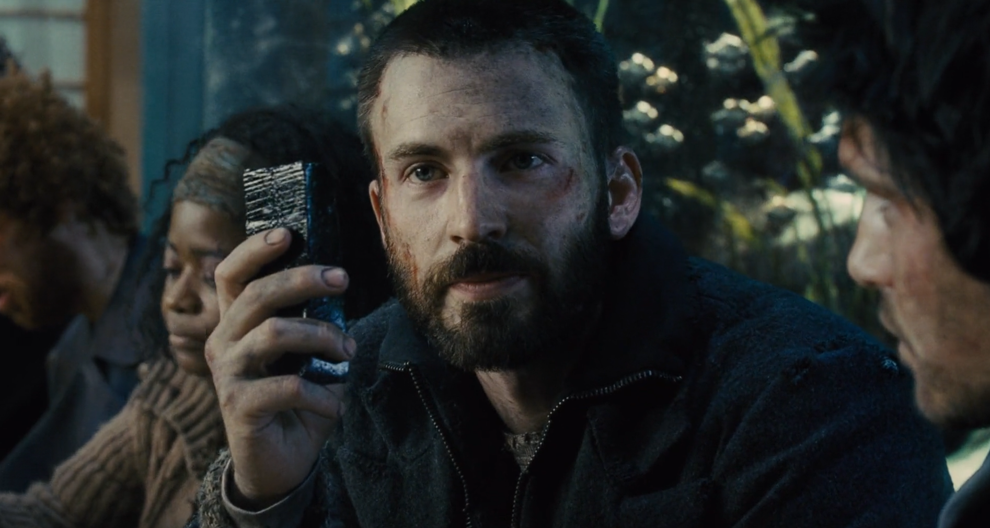
10. In-vitro meat
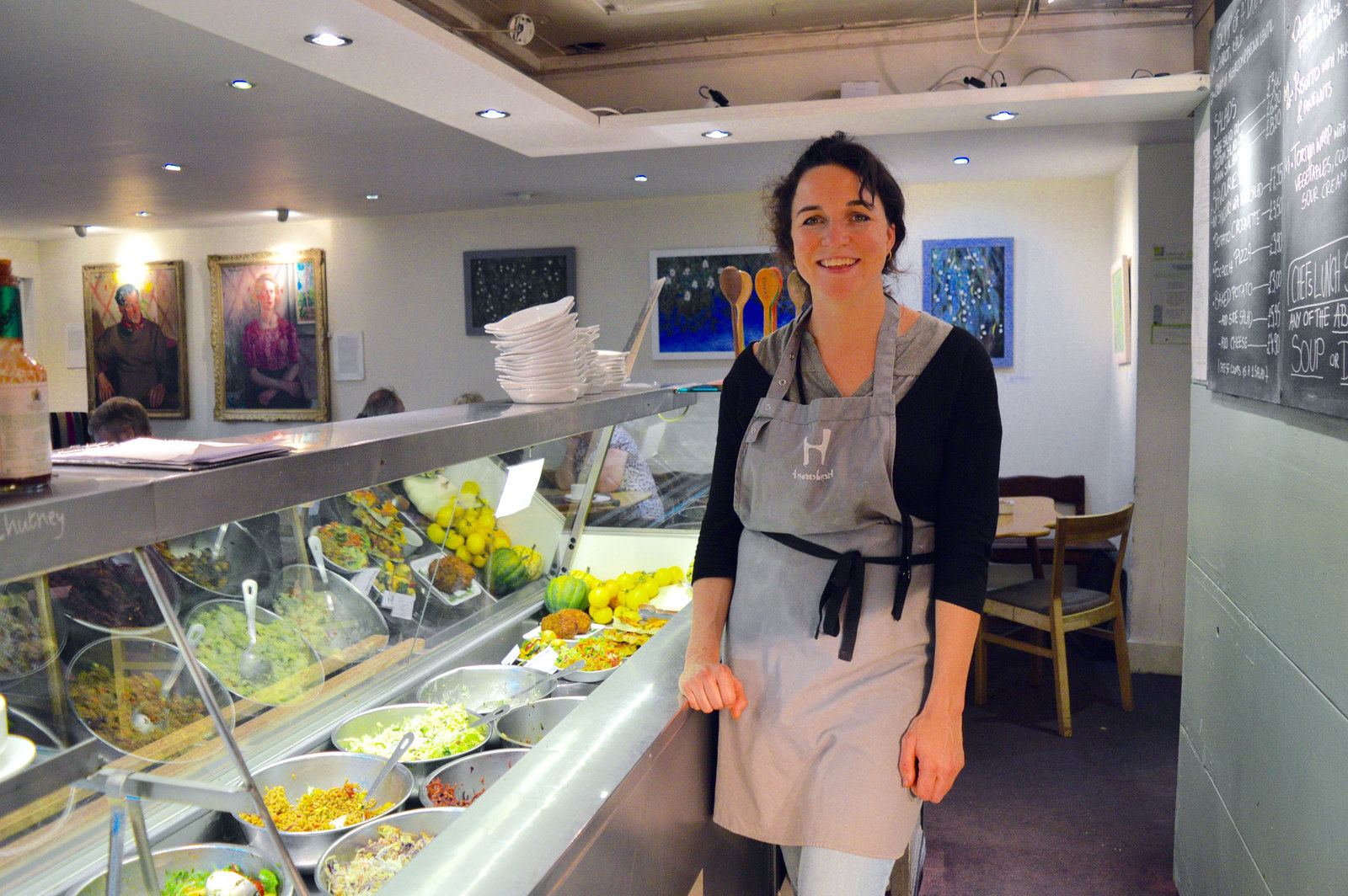
11. Plant-based meat
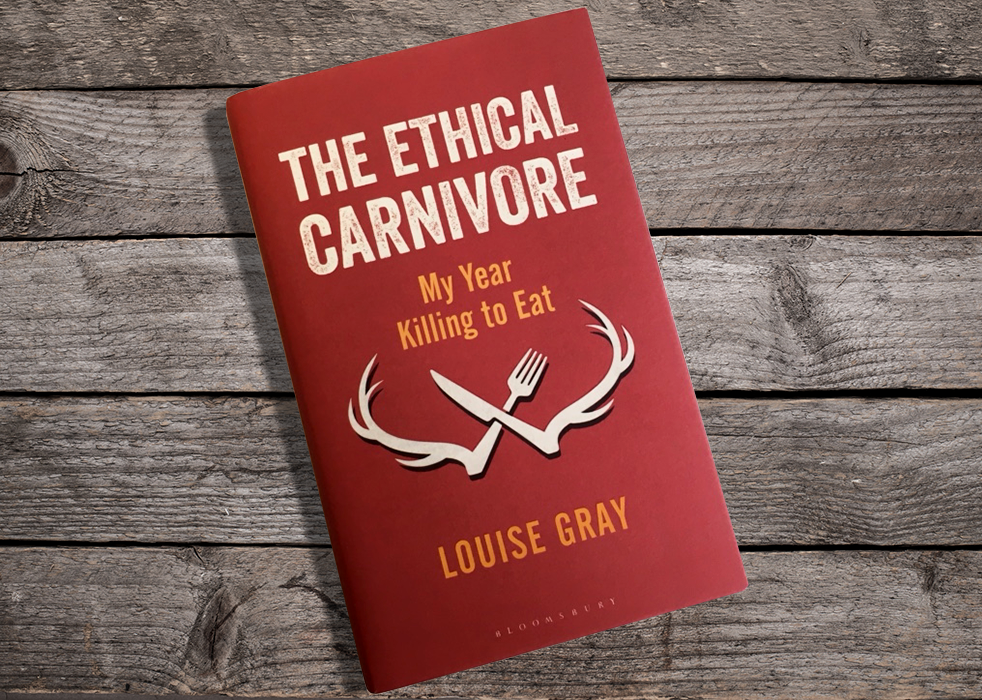
Louise Gray, the author of The Ethical Carnivore, investigates ways to eat animals without wrecking the planet.

Overfishing is a major problem. It's estimated that 85% of the world's fish stocks are currently overexploited. So we need to cut down on the amount of endangered fish we eat. An easy way to find out if a fish is sustainable to eat is to check the Marine Conservation Society Good Fish Guide. It has an app, or you can order a booklet. Often the most sustainable fish are more unusual species, so, rather than cod or salmon, try something different, like coley, pollock, or ling.
Even better, go sea angling yourself. It is a great way to learn more about the oceans around our own coast. A day trip is cheap and you are likely to come home with a few fish for the freezer. I caught a lot of mackerel off the coast of Scotland. They are easy to cook simply grilled or baked in the oven and taste delicious with gooseberry sauce.

We hear a lot about "sustainable farming", but what does it even mean? First, it means animals raised on food that is grown without harming the planet – so cows raised on pasture that stores carbon, rather than chickens raised on GM soy. Even better are animals raised on our own food waste, such as pigs fed scraps from the supermarket – better still, the resulting waste goes back into the system to fertilise the land.
In the UK there are parts of the country where pasture grows particularly well and few other crops would thrive. This has led to a deep tradition of livestock farming and the landscape we know and love. I realise it can be difficult to source meat from these farmers, but the internet or farmers markets are good places to start. You can also look for labels like Soil Association Organic, which is generally found on free-range meat raised on land farmed without chemicals.
Yes, it's more expensive. But if we cut down on how much meat we eat and use every cut, including the offal, we can make high-quality meat go further. I have learned to cook liver, kidneys, and even heart. The best way to source high-quality meat is to find a good butcher who can tell you how the meat is farmed and even give tips on different cuts and cooking methods.

There is an ongoing argument over whether bivalves, such as oysters, feel pain. Many believe they cannot feel pain because they do not have a brain. There is also an argument for eating cultivated oysters because they are good for the environment. Oysters filter water as they feed and oyster beds can help to stabilise the sea floor by creating rocky substrate, rather than mud. A programme in New York is trying to reintroduce a billion oysters back into the harbour, not only to provide a source of food but also to improve the environment. Some vegans call themselves "ostrovegans", referring to the fact that they will eat oysters and mussels but no other animal products.
In the UK it is possible to pick mussels in the wild, and rope-grown are also sustainable. Oysters are also an ethical choice, even if they are farmed. It is best to choose Pacific rock oysters, as this is another invasive species being controlled to allow native oysters back in. I had some from The Company Shed in West Mersea. Unfortunately they were spawning at the time so tasted a bit, er, spunky.
Grey squirrels are an invasive species that is threatening native wildlife in some areas of the UK. Introduced from North America at the end of the 19th century, they carry a pox that isn't deadly to other greys – or humans – but has pretty much wiped out red squirrels in England. In the south of Scotland the grey population is being controlled to stop it spreading further into areas where red squirrels still survive.
Here I am with a grey squirrel killed as part of a Scottish Wildlife Trusts programme to control greys in the south of Scotland. I cooked it with a Nigella Lawson recipe for peanut satay sauce, then fed it to my girlfriends before a big night out. It tasted a little bit like the brown meat on chicken but tougher and with a "nutty" quality.

Apparently, when he was a poor, struggling writer in Paris, Ernest Hemingway liked to supplement his diet with pigeons. I'm not sure I can recommend that – even to other poor, struggling writers! – when I know most city pigeons have to survive on a diet of old kebabs and sick. But woodpigeons from our countryside make great eating and you're actually doing farmers a favour by harvesting them. There are up to 10 million pigeons in the UK and they love to eat crops. The countrymen and women who shoot them for farmers will thank you for taking them off their hands.
Like a lot of wild meat, pigeons can be tough. My friend Christos, a Cypriot who now lives in north London, has to cook his pigeon in the garage as his wife won't let him bring the birds into the house. He slow-cooks the pigeon in red wine and tomatoes with cinnamon and bay leaves to tenderise the meat.
Farmers hate rabbits (see Elmer Fudd). They can cause damage to crops and in many parts of the UK are killed as part of pest control. In the past they were eaten, especially during the Second World War when other meat was rationed. Now, we tend to turn up our noses at rabbit. Perhaps because of Watership Down or Peter Rabbit or even Bugs Bunny.
But if you can get your hands on wild rabbit, killed as part of pest control, you can stop a perfectly good source of meat going to waste. It is certainly better for the environment than cheap chicken, even if it is a little more challenging to cook. Like pigeon, slow-cooking can tenderise the meat and add flavour. I asked around among the older generation to find recipes for rabbit curries and stews used during the war.

Red deer are beautiful creatures, the largest land mammals in the UK and a joy to see bouncing through the countryside. But in many areas of the country they are a real problem. They cause road accidents, and damage new tree growth, as they really like to feed on young shoots. Gamekeepers are employed to manage our deer populations and although much of that meat is fed into the food chain, relatively little of it stays in the UK.
Perversely, we actually import a lot of our venison from New Zealand. That's because venison farms abroad can provide a more uniform supply, and their deer produce meat that is blander and therefore less gamey. But I think if deer are being managed in the UK we should eat our own venison. Gamedealers and butchers often sell local venison, and Highland Game supplies Scottish red deer to supermarkets.
It's perfectly ethical to eat roadkill. It's dead anyway. All you need to know is how to identify whether it is safe to eat. Mostly it's about using your common sense: If you can see fleas still on it, that's a good sign – it can't have been dead for long. If you can see flies on it, that's a bad sign.
I interviewed "roadkill recycler" Alison Brierley, who has a few expert tips on how to find, identify, and cook so-called flat-meats. I mostly eat roadkill pheasant because they are the most plentiful. It is easy to take the breasts out and comes with the added satisfaction that I am getting for free what some posh bloke pays hundreds of pounds to shoot and eat.

There are 40 tonnes of insects per person in the world. Forty tonnes! They don't need much space, water, or heating, they survive on waste, and they produce huge amounts of protein. There are 1,900 insect species that are edible to humans. What's not to like about that? Cricket flour can be used in cereal bars and cakes to add protein. For some there might be a bit of a "yuck" factor, but we already eat insects in our food – carmine (E120) is made from cochineal bugs and can be found in some red food colouring.
The United Nations is actively encouraging an increase in insect farming and I predict insects will feature on a cereal packet near you soon. Eat Grub already sells insects online as snacks and cooking ingredients. The British company also plans to open the first insect farm in the UK. Mealworm flapjack, anyone?

In 1931 Winston Churchill said: "We shall escape the absurdity of growing a whole chicken in order to eat the breast or wing, by growing these parts separately under a suitable medium." He thought it would take us 50 years. Well, we're not there yet, but we are on our way. In 2013 the first "frankenburger" was created. A Dutch team from Maastricht University managed to grow a burger from the stem cells of a cow. The stem cells were grown in a nutrient broth and the resulting "muscle" was exercised by stretching it back and forth. The resulting "shmeat" cost £250,000 but was judged by food critics to be close to the real thing. Even some vegans say they would eat meat raised in a Petri dish.

Some of the best minds in the world are trying to find ways to create meat-like substances without the need to grow and slaughter an animal. Beyond Meats has created chicken strips, Impossible Foods has designed a meat-free burger that tastes "bloody", and Hampton Creek Foods, backed by Bill Gates, has investigated 1,500 plant proteins to find an alternative to eggs.
In the future it is likely there will be a whole "meat alternative" aisle in our supermarkets. Vegans are already eating these fake meats, but there is no reason why the rest of us shouldn't occasionally replace real meat for plant proteins. For those of us not ready to give up animal products, then less and better meat is a start. Fake burger, anyone?